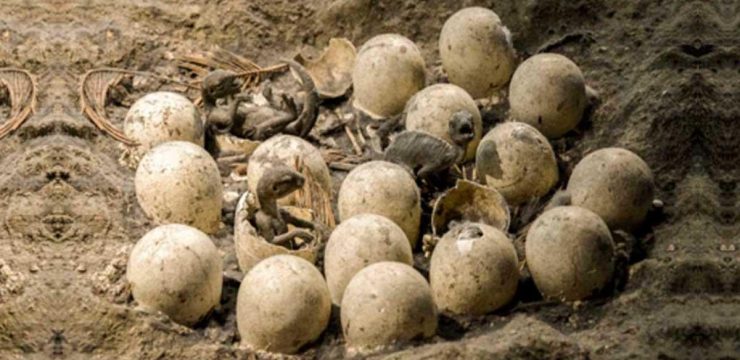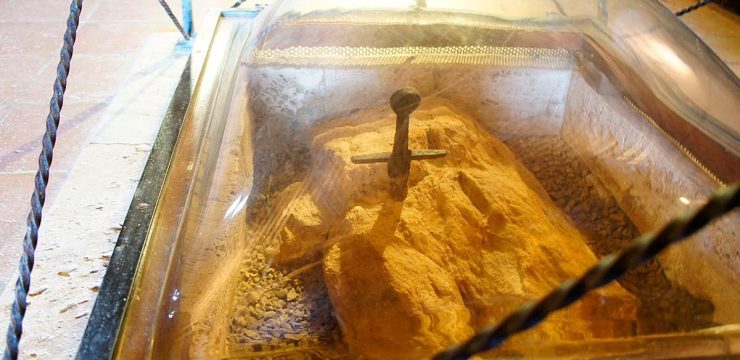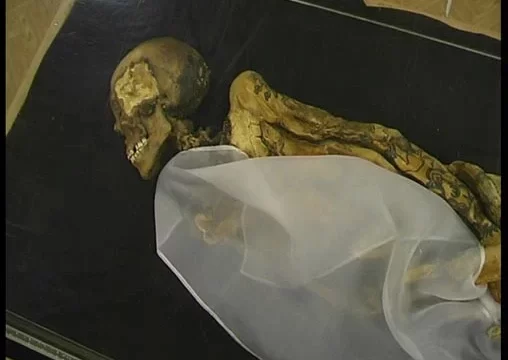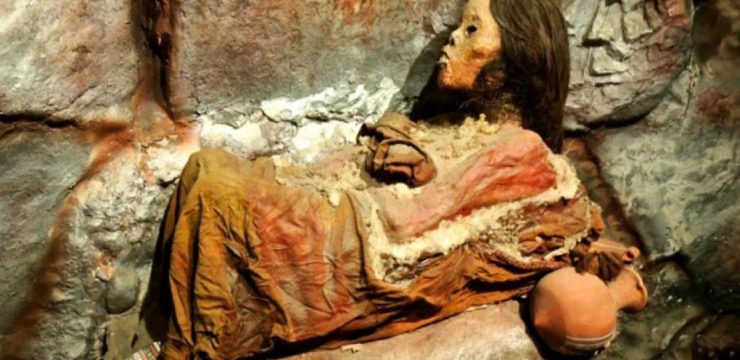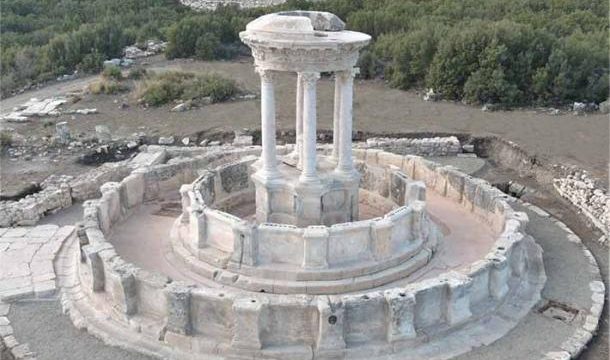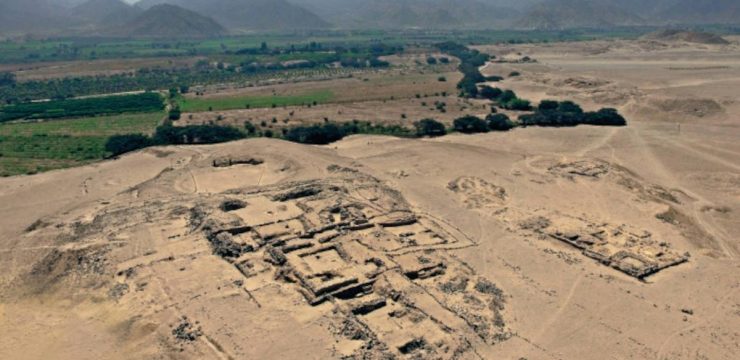West Kennet Long Barrow stands as a testament to Britain’s rich prehistoric heritage, offering a fascinating glimpse into the lives and beliefs of our Neolithic ancestors. Located near Avebury in Wiltshire, this ancient burial site has captivated archaeologists and history enthusiasts for generations, revealing secrets of a civilization that flourished over 5,600 years ago. As one of the most significant and well-preserved Neolithic sites in Britain, it provides a window into the complex spiritual and societal structures of the past, demonstrating the remarkable ingenuity of early human communities.
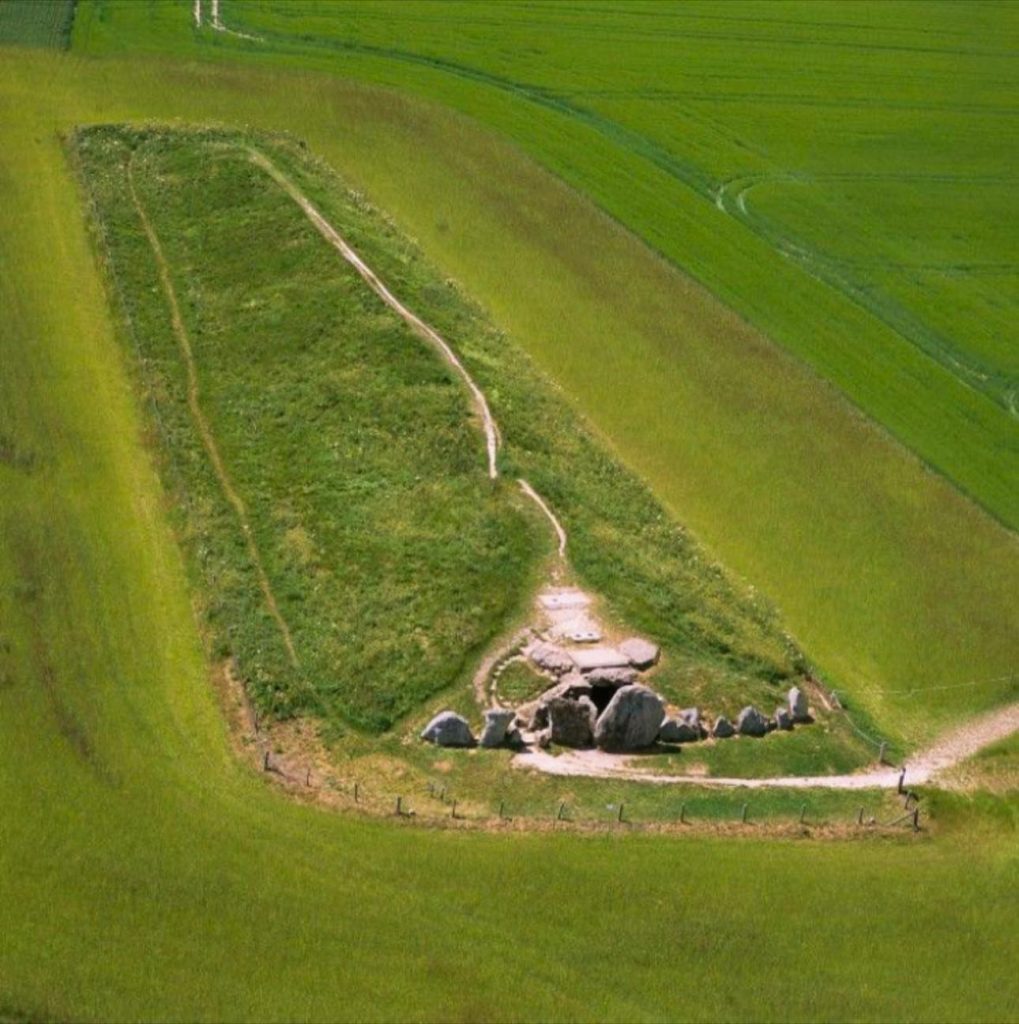
The sheer scale of West Kennet Long Barrow is awe-inspiring. Stretching an impressive 100 meters in length, this monumental tomb represents one of Britain’s most ambitious Neolithic construction projects. Built using massive sarsen stones and carefully packed earth, the structure features multiple burial chambers that served as the final resting place for generations of ancient Britons. The construction process itself speaks to the advanced engineering capabilities of the time, as moving and positioning such massive stones without modern tools would have required careful planning, immense manpower, and sophisticated knowledge of leverage and transportation methods. The barrow’s design suggests that its creators possessed a deep understanding of architectural stability, ensuring that the structure would endure for thousands of years.
Excavations conducted in the 20th century uncovered a wealth of information about the people who built and used this sacred site. Archaeologists discovered the remains of at least 46 individuals, ranging from infants to elderly adults. The presence of multiple generations within the tomb suggests that it was used as a communal burial place over an extended period. Alongside the human remains, researchers found an array of artifacts, including pottery, flint tools, and animal bones, which provide crucial insights into the burial customs and daily lives of Neolithic communities. The placement of these objects suggests that offerings were made to the deceased, possibly as part of ritualistic practices meant to ensure safe passage to the afterlife or to maintain a spiritual connection between the living and the dead.
West Kennet Long Barrow was not merely a tomb; it was an integral part of a larger ritual landscape. Its proximity to the Avebury stone circles and other significant Neolithic structures suggests that it played a role in religious or ceremonial practices. The careful arrangement of grave goods and the evidence of periodic re-openings of the burial chambers indicate that the site remained spiritually significant long after its initial construction. Some scholars believe that these Neolithic people engaged in ancestor worship, a practice in which the dead were honored and possibly even consulted for guidance. This theory is supported by evidence from other Neolithic sites, where similar burial practices and ceremonial offerings have been discovered.
The alignment of the barrow also hints at a sophisticated awareness of astronomical events. Some researchers have suggested that the structure may have been aligned with the movements of the sun or moon, possibly playing a role in seasonal rituals or agricultural cycles. This level of astronomical knowledge, combined with the sheer scale of the monument, highlights the advanced intellectual capabilities of Neolithic societies. The idea that early Britons possessed both the motivation and the means to construct such grand ceremonial structures challenges the outdated notion that prehistoric communities were simple or primitive.
Today, West Kennet Long Barrow continues to stand as one of Britain’s most well-preserved Neolithic monuments, offering a tangible link to the distant past. Visitors to the site can explore its passageways and chambers, experiencing firsthand the echoes of a civilization that once thrived here. Walking through the darkened interior of the tomb, one can imagine the flickering torchlight of ancient rituals, the whispered prayers of mourners, and the reverence with which these ancestors were laid to rest. The site remains a place of contemplation and wonder, inviting modern observers to reflect on the enduring human need to honor the dead.
Despite its great age, the barrow still holds a strong presence in local folklore and contemporary spirituality. Many visitors report a profound sense of connection when they step inside its chambers, and some modern pagan groups continue to visit the site for ceremonies and meditative practices. The long-standing reverence for this burial mound serves as a testament to the lasting power of sacred spaces and the way in which they continue to shape human experiences, even thousands of years after their creation.
The preservation of sites like West Kennet Long Barrow is crucial for understanding the development of early societies and their cultural evolution. These ancient structures offer invaluable information about the beliefs, technologies, and social dynamics of Neolithic Britain. By studying the construction techniques, burial customs, and artifacts left behind, archaeologists can reconstruct the lives of people who lived millennia ago, bridging the gap between past and present. Efforts to protect and maintain these historical sites ensure that future generations will be able to explore and appreciate the profound legacy left by their ancestors.
In addition to its archaeological significance, West Kennet Long Barrow serves as a poignant reminder of humanity’s timeless desire to remember and honor those who came before. Throughout history, people have built monuments, tombs, and memorials to commemorate the dead, a tradition that persists in countless forms across cultures today. The barrow’s enduring presence in the landscape is a testament to the universality of grief, respect, and remembrance, connecting modern visitors to the emotions and experiences of their ancient predecessors.
As historical sites face threats from natural erosion, climate change, and human activities, it becomes increasingly important to promote awareness and appreciation of these remarkable monuments. Educational initiatives, conservation efforts, and responsible tourism all play a role in ensuring that places like West Kennet Long Barrow remain preserved for future study and reflection. By engaging with these ancient sites, we not only honor the achievements of our ancestors but also gain a deeper understanding of the shared human experience that transcends time.
Ultimately, West Kennet Long Barrow is far more than a collection of ancient stones—it is a story carved into the landscape, a bridge between past and present, and a monument to the ingenuity, spirituality, and resilience of early Britons. As visitors stand before its weathered entrance and step inside its timeworn chambers, they are reminded that, despite the passage of thousands of years, the desire to remember, honor, and connect with those who came before remains a fundamental aspect of the human experience.
